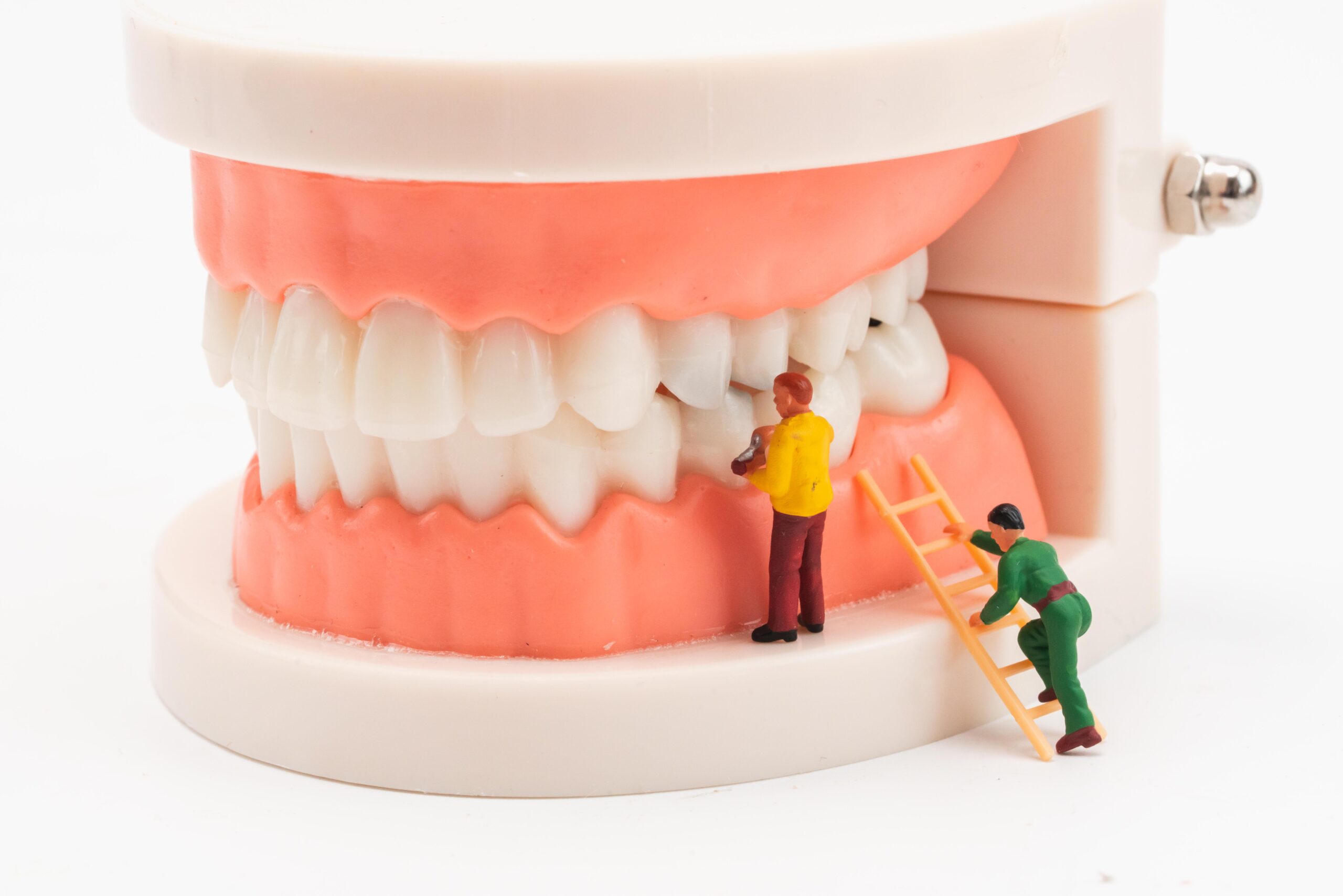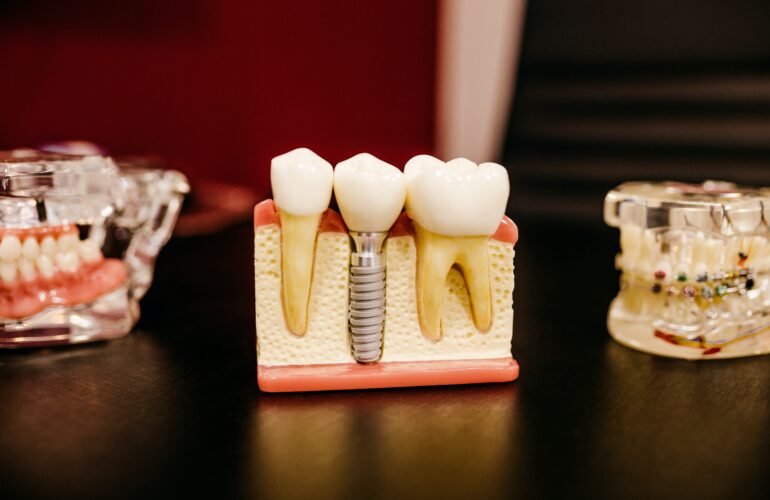Often we wonder what is a tooth filling? Tooth decay, cavities, and minor dental damage are common dental issues that many of us face at some point in our lives. Thankfully, modern dentistry offers various solutions to restore and protect damaged teeth. Today, we’ll answer this question and explore the basics of tooth fillings. We will understand what is a tooth filing, what are the available options along with their procedure and aftercare .
What Are Tooth Fillings?
A tooth filling is a dental restoration used to repair teeth that have been affected by decay, minor fractures, or other damage. The filling material is placed in the affected area to restore the tooth’s shape, function, and integrity.
Types of Tooth Fillings:
1. Amalgam Fillings:
- Composition: Made from a combination of metals, including silver, tin, copper, and mercury.
- Advantages: Durable, cost-effective, and long-lasting.
- Considerations: The silver color makes them more visible, which may not be suitable for visible teeth.
2. Composite Fillings:
- Composition: A mixture of resin and finely ground glass particles.
- Advantages: Tooth-colored, aesthetically pleasing, and bond well with the tooth structure.
- Considerations: They may not be as durable as amalgam fillings in high-stress areas.
3. Ceramic Fillings (Inlays and Onlays):
- Composition: Made from porcelain or ceramic materials.
- Advantages: Highly aesthetic, durable, and resistant to staining.
- Considerations: More expensive than amalgam or composite fillings.
The Tooth Filling Procedure:
- Diagnosis: The dentist examines the tooth and takes X-rays to determine the extent of damage and the appropriate filling type.
- Anesthesia: Local anesthesia is administered to numb the area, ensuring a painless procedure.
- Removal of Damaged Tissue: The dentist removes the decayed or damaged portion of the tooth using dental instruments or a laser.
- Preparation: The tooth is prepared by cleaning and disinfecting it.
- Filling Placement: The chosen filling material is placed in layers and shaped to match the natural tooth structure.
- Curing: For composite fillings, a special light is used to harden and bond the material to the tooth.
- Final Adjustments: The filling is checked for proper alignment and bite, and any necessary adjustments are made.
Caring for Your Filled Teeth:
- Maintain good oral hygiene with regular brushing and flossing.
- Schedule routine dental check-ups to monitor the condition of your fillings.
- Avoid excessive consumption of sugary foods and beverages to prevent further decay.
Conclusion:
Tooth fillings are a fundamental aspect of modern dentistry hence it is important to know the tooth fillings basics. Whether you opt for amalgam, composite, or ceramic fillings, each type has its advantages and considerations. Book an appointment with our specialists who will help determine the best choice for your specific dental needs. Remember that proper care and regular dental visits are essential for the longevity and effectiveness of your tooth fillings, ensuring a healthy and confident smile for years to come.




